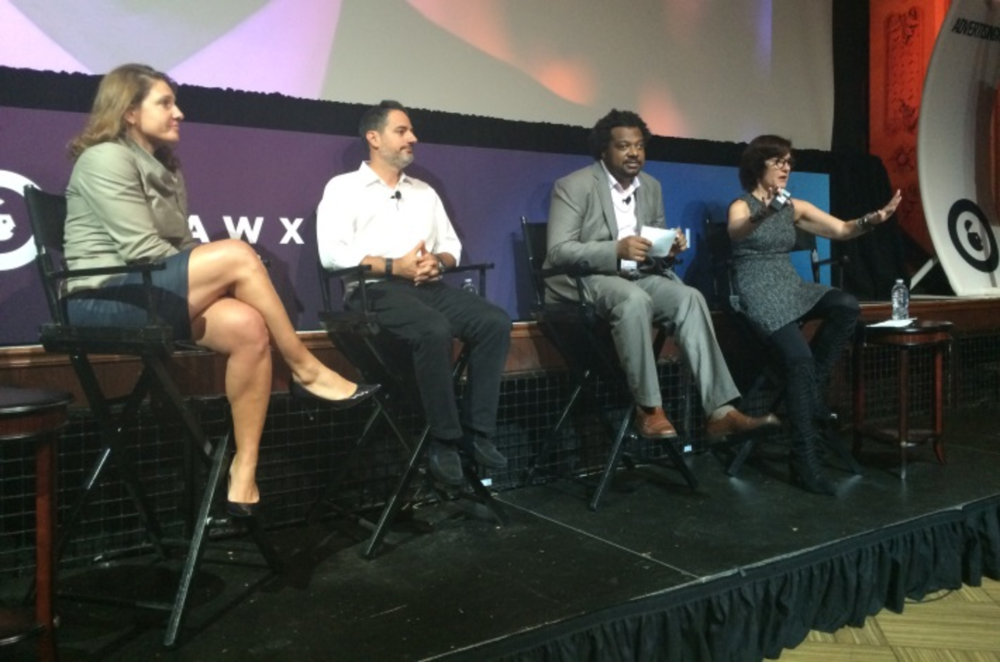One of the pervasive themes at Advertising Week this year has been the need for marketers to focus on diversity—or in many cases the lack thereof. Although millennials now represent the largest—and most diverse—generation, most marketing decisions and campaigns are decided by alarmingly non-diverse groups. Statistics show that important demos, such as minorities and women, are underrepresented among decision-makers—as well as in digital campaigns and messages. For example, just 3% of advertising creative directors are women—although women make up 85% of brand purchases, according to Sheconomy.
Again millennials—i.e. 18- to 35-year-olds—comprised roughly one third of the population in 2013, according to statistics released by the Obama administration, which means that the millennial generation will continue to be a sizable part of the population for many years to come.
With that reality in mind, marketers and advertisers need to shape their digital messaging differently than many do today. Digital is the millennial language. Although 51% of surveyed marketers in a recent study from Geoscape say they have some sort of multicultural initiative in place, leadership and talent in digital and traditional marketing remains homogenous in its demographics.
In a Tuesday panel moderated by Weber Shandwick President Gail Heimann, several leading marketers divulged what they’ve done to work on changing the landscape at the top of their agencies and what you can do in your industries. Here are some of the more poignant pieces of advice:
“There’s a paradox. Forty-five percent of millennials are non-white. And if digital is the operating system of millennials, then the digital world—if truly shaped by millennials—should be diverse.” —Gail Heimann, president, Weber Shandwick
“[Many] women and minorities are not growing up with as much opportunity in tech. I grew up with a personal computer, and that made a big difference. Education is the biggest thing that will address the current divide. The real challenge [in digital advertising and marketing] is in early education.” —B. Bonin Bough, chief media & e-commerce officer, Mondelez International
“The data is rather bleak. If you were to look at the gender parity gap, it would take until 2095 to close it. But I’m optimistic because businesses follow customer behavior. Customers are already there; there is diversity behind the screen.” —Janet Balis, principal, advisory, media and entertainment strategy practice lead, Ernst & Young LLP
“We can’t necessarily put data on equality. But I agree with Janet that the industry has to follow behavior. We have to be realistic about what it will take to create relationships. This has to happen now—today.” —Chris Perry, chief digital officer, Weber Shandwick
“If we’re going to look at the gender issue, we have to look differently at what and where talent is. Embrace a philosophy of including all types of talents and backgrounds. Everyone has to feel empowered and comfortable to be themselves.” —Balis
“These [successful and forward-thinking] companies are built on a world of iteration and change. Young employees thrive on change. But there’s a big gap [in legacy brands]. What percentage of the Fortune 500 companies look like Uber where the average age is 26? And Uber is a $50 billion company.” —Bough








